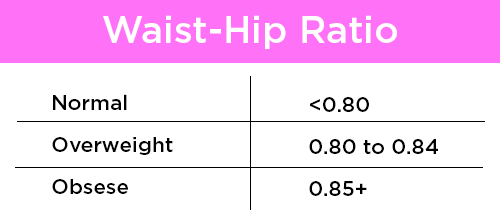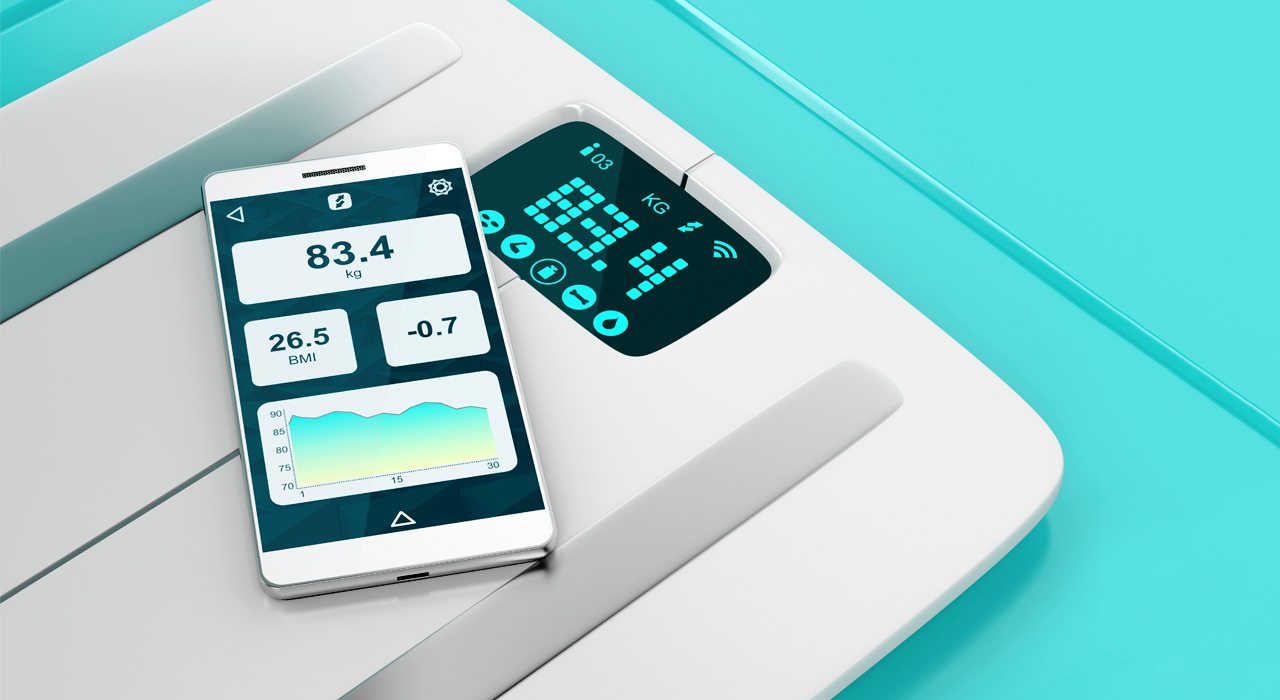Health
4 Better Alternatives To Body Mass Index
Since the 1800s, we have been measuring our health status with a little thing known as Body Mass Index (BMI). It’s a method of estimating your health based on your weight in kilograms divided by your height in meters. Supposedly, these two measurements can tell someone everything they need to know about your risks of cardiovascular diseases, type 2 diabetes and even premature death.
Of course, in the 19th century, doctors were also using heroin to cure coughs, so excuse us if we’re a bit sceptical. It was Adolphe Quetelet, the Belgian astronomer, mathematician, statistician and sociologist who created the BMI in the early 1800s as a way to quantify the ‘ideal man.’ Then, in a 1972 study, American physiologist, Ancel Keys, found that that the BMI was essentially the best of a bad bunch when it came to approximate body fat measurements.
The major problem with BMI as a tool is that it often discriminates against athletes and bodybuilders as they carry more muscle, and their weight often places them in the overweight or obese category. In fact, as many as 54 million Americans are labelled as ‘unhealthy’ by the BMI even though they aren’t. Muscle tissue is denser than fat, which means, even if you’re in top-notch health, you may be over a 25 BMI which indicates that you’re overweight even if your body composition is healthy.
Likewise, BMI doesn’t take into account the different types of fat. Visceral fat, the type that is stored around your organs, is dangerous and can be life-threatening if it isn’t looked after. On the other hand, subcutaneous fat, the type you can pinch, isn’t necessarily threatening as it lives directly under the skin.
Given that this method is 200 years old, we had hoped there would be a more effective way of measuring our health. Unfortunately, BMI is the easiest and cheapest way so it’s a firm favorite among medical professionals.
However, there are alternatives that may be better at deciphering whether you’re physically healthy or if it’s time to step up your game.
1. Body Adiposity Index
BAI uses your hip circumference multiplied by your height to work out your percentage body fat. It’s unlike BMI as it doesn’t take your weight into consideration. Although, a 2012 study did find that the estimates of body fat percentage weren’t more accurate than BMI.
2. Body Volume Indicator
In May 2017, researchers from Mayo Clinic released a new tool known as Body Volume Indicator, or BVI. It measures your total body volume to the volume of your abdomen and, essentially creates a ratio.
Using the specialist BVI Pro app, a doctor will enter your height, weight, age gender and level of fitness. They will then take two photos of you (one from the side and one from the front). The app measures your volume of body fat, abdomen volume, waist-to-hip radio, visceral fat, BMI and your BVI number.
By estimating your weight distribution, it can give us more of an idea of how at risk we are to storing visceral fat around our vital organs.
– READ MORE: What Is Reverse Dieting? –
3. Waist-hip ratio
Not only does this method calculate your possible health risks, but it also helps determine if you’re an apple or pear shape. The calculation is simple: divide your weight measurement by your hip measurement. Then compare your results to the results chat which are based upon standards set by the German Society for Sports Medicine and Prevention (DGSP).

4. Body fat percentage measurement
Using a simple calculation, you are able to find out just how much body fat you have. Finding out the percentage is where it can get tricky. There are plenty of at home options such as using a tool such as a caliper.
It measures various points of the skin’s thickness, which are then inputted into an equation designed to estimate body fat percentage. For example, if a person weighs 170 and 17 of those pounds are fat her body fat percentage would be 17 ÷ 170 which is 10%.
While it’s a cheap method, with callipers coming in at under $10, there is a lot of room for user error. So, take this as a guide, unless you are able to do a more effective, but more expensive test, such as DEXA (dual energy X-ray absorptiometry).
All of these methods can give us a different insight into our health status. It’s important that we take BMI with a pinch of salt and focus less on our weight and more on what that weight is made up of. The scales shouldn’t be your main indicator of health as there are too many factors for an ancient tool to deduce.
For more health advice, sign up to the TRAIN for HER newsletter today!














